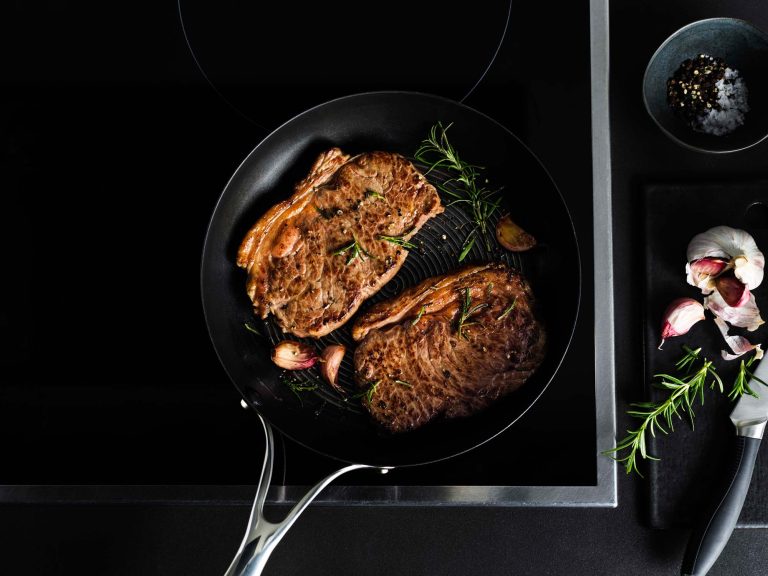Nonstick cookware has revolutionized the way we cook, making cleanup easier and reducing the need for excess oils. However, many people wonder: is nonstick cookware safe to use? In this article, we’ll explore the health risks associated with nonstick coatings, including PFOA, and how to cook safely.
What is PFOA?
PFOA (perfluorooctanoic acid) is a chemical once widely used in nonstick cookware, such as Teflon. It’s been linked to health concerns like tumors and developmental issues in animals, raising concerns about its effects on human health.
- Environmental Impact: PFOA persists in the environment long after its use.
- Legal Issues: In 2004, DuPont settled a lawsuit over water contamination caused by PFOA. The EPA mandated a phase-out of PFOA by 2015.
- Safety Risks: Heating Teflon over 660°F can release toxic fumes, which are harmful to humans and lethal to birds.
How long does it take for a nonstick pan to overheat?
Nonstick pans are designed for cooking at lower temperatures. Foods like eggs and fish don’t require temperatures above 500°F, and you should avoid heating nonstick pans to 680°F or higher.
The Good Housekeeping Institute conducted a test to see how quickly nonstick pans can reach dangerous temperatures.
- Lightweight Pan (1 lb, 3 oz): Exceeded 500°F in under 2 minutes on high heat.
- Midweight Pan (2 lbs, 1 oz): (Results not specified)
- Heavyweight Pan (2 lbs, 9 oz): Reached over 575°F in 8.5 minutes while cooking burgers.
Safe Cooking Temperatures:
- Scrambled Eggs: 218°F, cooked on medium for 3 minutes (lightweight pan)
- Chicken Stir-Fry: 318°F, cooked on high for 5 ¼ minutes (lightweight pan)
- Bacon: 465°F, cooked on high for 5 ½ minutes (medium-weight pan)
Risky Temperatures:
- Empty Pan: 507°F in 1 ¾ minutes on high heat (lightweight pan)
- Pan with Oil: 514°F in 2 ½ minutes on high heat (lightweight pan)
- Hamburgers: 577°F after 8 ½ minutes on high heat (heavyweight pan)
- Steak: 656°F after 10 minutes on high heat (lightweight pan)

Tips for Safe Use of Nonstick Cookware:
- Follow Instructions: Always read and follow the manufacturer’s care guidelines.
- Use Low/Medium Heat: Stick to low or medium heat, especially for delicate foods like fish and eggs.
- Avoid Preheating Empty Pans: Always add food or oil before heating to prevent overheating.
- Avoid High Heat: Use medium heat to prevent damaging the nonstick surface.
- Ventilate the Kitchen: Turn on the exhaust fan while cooking to disperse any fumes.
- Don’t Broil or Sear: These methods can generate too much heat for nonstick pans.
- Opt for Heavier Pans: Heavier pans heat more evenly and are generally safer.
- Use Safe Utensils: Wooden or silicone utensils will prevent scratching the nonstick coating.
- Replace When Worn: If your pan’s coating is chipped or worn, it’s time for a replacement.
By following these safety tips and using your cookware properly, you can minimize risks and enjoy your nonstick pans for years to come.




